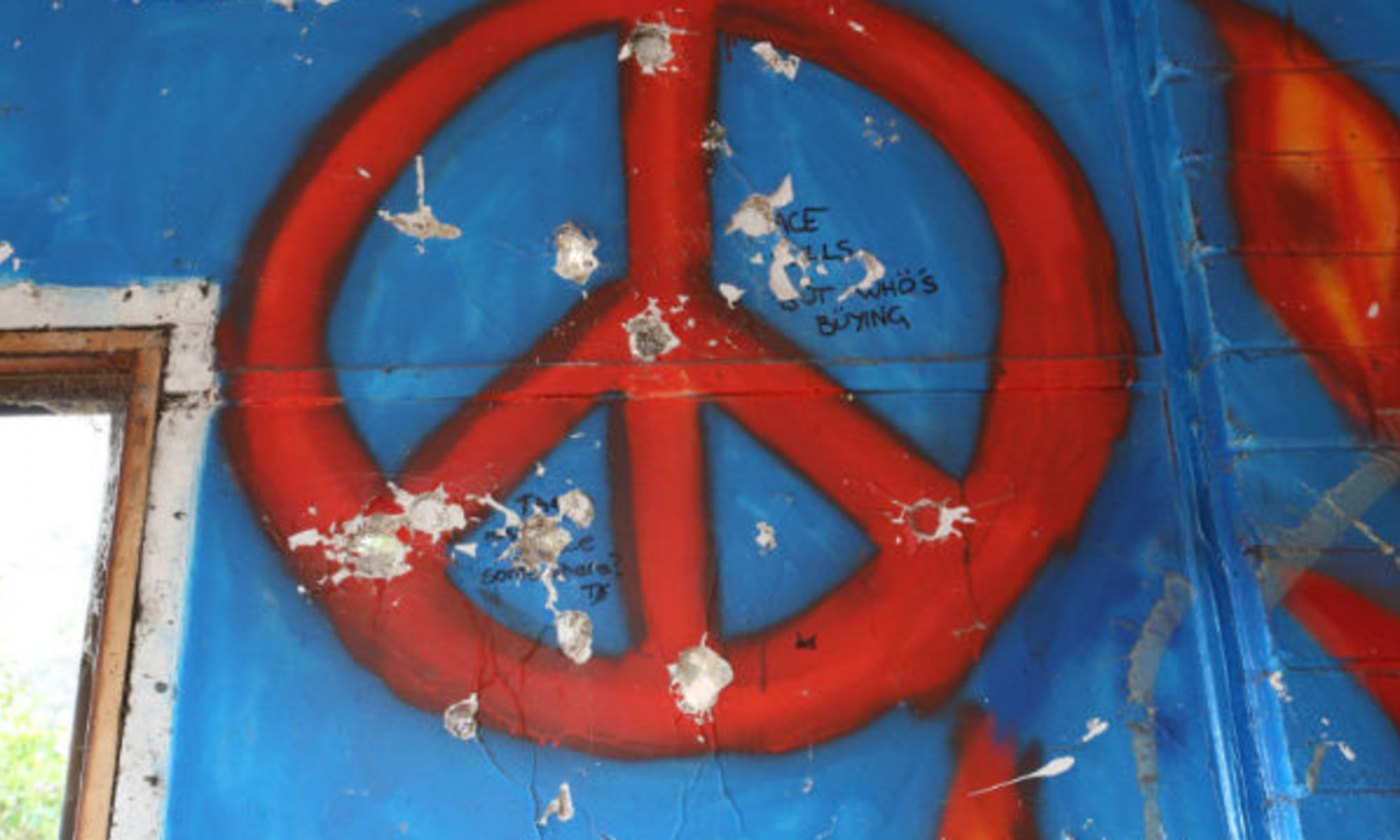by Srishti Sharma
India is a diverse land. It prides itself in its spiritual wealth and is abode to some of the most powerful religions namely Christianity, Islam, Sikhism, Jainism, Buddhism, Judaism, Zoroastrianism and Hinduism; which is the dominant religion in India. All these religions each very firmly established in its own special place have different practices, beliefs and traditions associated with them and are strongly tied to the sentiments of the people. What happens when the religions sentiments or beliefs find themselves standing against each other? And each so different and strongly established. There is bound to be conflict. When two rival extremes brush past one another without much understanding of the other, it gives rise to tension and religion is no exception.
There have been many instances in the past where there have been many conflicts and violence between the religious communities existing in India. The riots during partition, Hindu Sikh riots in 1984, Hindu Muslim riots in 2002, Muslim Sikh riots in 2014 etc. have all left a black spot of intolerance on our past. But, it is also a fact that religious communities have been living together and are living together in harmony in India and rely on each other. There are beautiful stories of communal harmony across India that keeps our faith in humanity intact. Recently, Hindus and Sikhs got together and bore expenses to help repair a mosque in Nathowal village in Punjab. Another Muslim man set a touching example when he bid goodbye to his Hindu friend who had no one in his family and performed all the last rites following the Hindu rituals. This shows that religion cannot be a barrier against humanity. Setting another example of unity, Hindus and Muslims guard the Shiva temple in Bhamrawa village in India and together celebrate all the religious rituals. St. Joseph Cathedral and Palayam Juma Mosque in Kerala opened their doors to the Hindu women who wanted to set up stoves for cooking food to be offered to Gods. Hindus and Muslims live together in Old Delhi in peace and are interdependent on each other for business. These are just few examples out of many that love, empathy and humanity know no limits.
Dr. Laurie Patton in her session talked about ‘pragmatic pluralism’. She described pluralism as the relationship of interdependence between two communities and how one religion needs another religion to be itself. No religion is the same. In fact, the differences are required for the social relationships to thrive. Most of the conflicts that arise because of differences are not religious conflicts. “No religious conflict is purely religious conflict.” There is always politicization of religious conflicts as the political powers use religion as a tool to earn vote banks and turn people against each other for political gains. Despite differences that are played upon, there are common values that all religions have and using this binding thread of commonalities find ways of living together in harmony along with accepting each other’s tradition. “The tradition you were born into was your home… it should be a home with the windows open so that the winds of other traditions can blow through and bring their unique oxygen. It’s good to have wings, but you have to have roots, too.” I believe that though pragmatic pluralism might not been seen as a very comprehensive and concrete long term solution to a religious conflict at macro level, but definitely helps and works strongly at the base where interpersonal relationships between communities thrive, coexist and are interdependent on each other. Hence, building peace in the community. As Eboo Patel in his book Acts of Faith says, “I thought about the meaning of pluralism in a world where the forces that seek to divide us are strong. I came to one conclusion: We have to save each other. It’s the only way to save ourselves.”


